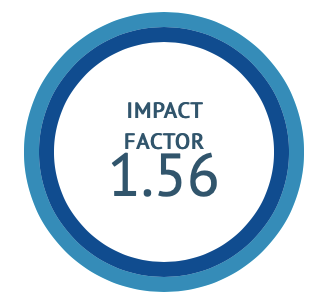Knowing the unknown medicinal benefits of Punica granatum L. on oral health - A Review
DOI:
https://doi.org/10.47552/ijam.v16i2.5491Keywords:
Pomegranate, Plaque, Anti-inflammatory, MouthrinseAbstract
For centuries, Ayurvedic medicines have been used for the treatment of large variety of diseases. Many types of plants are rich in medicinal properties and have been utilised to treat oral and systemic illnesses. A growing number of people are becoming interested in using different ayurvedic medications for dental health. Punica granatum, often known as a "pomegranate," is a member of the Punicaceae family. According to researches, various extracts of pomegranate peels have been found to contain a broad range of phytochemicals. Pomegranates and their compounds have been suggested as a healthy substitute treatment for a variety of ailments. The combinatorial characteristics of these substances are much greater than the efficiency of the separate components. Pomegranate fruit has been shown to have antioxidative and anti-inflammatory properties. Ellagitannins is one of the most essential bioactive constituents, may combine with the intestinal microbiota and impact its metabolic activity. Certain pathogens, such as Clostridia species, S. aureus, and P. aeruginosa, have already been demonstrated to be inhibited by punicalin and punicalagin. Pomegranate is quickly gaining popularity as an antioxidant booster, antioxidants extracted from pomegranate are polyphenols, hydrolyzable tannins, and anthocyanins. The extracts were proven to be effective over several bacteria, methicillin-resistant and methicillin-sensitive S. aureus, E. coli, S. typhi, and other streptococci. Many studies have also shown positive results and more are still on the go. Even though there is a lot of information for antioxidant, antibacterial, anti-inflammatory, and antifungal activities, additional clinical trials are required to explore the unexplored properties of this fruit.
Downloads
Published
How to Cite
Issue
Section
License
Copyright (c) 2025 International Journal of Ayurvedic Medicine

This work is licensed under a Creative Commons Attribution-NonCommercial-ShareAlike 4.0 International License.
The author hereby transfers, assigns, or conveys all copyright ownership to the International Journal of Ayurvedic Medicine (IJAM). By this transfer, the article becomes the property of the IJAM and may not be published elsewhere without written permission from the IJAM.
This transfer of copyright also implies transfer of rights for printed, electronic, microfilm, and facsimile publication. No royalty or other monetary compensation will be received for transferring the copyright of the article to the IJAM.
The IJAM, in turn, grants each author the right to republish the article in any book for which he or she is the author or editor, without paying royalties to the IJAM, subject to the express conditions that (a) the author notify IJAM in advance in writing of this republication and (b) a credit line attributes the original publication to IJAM.




